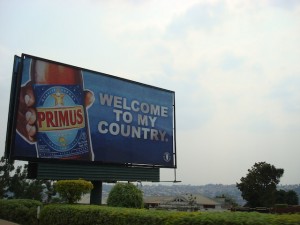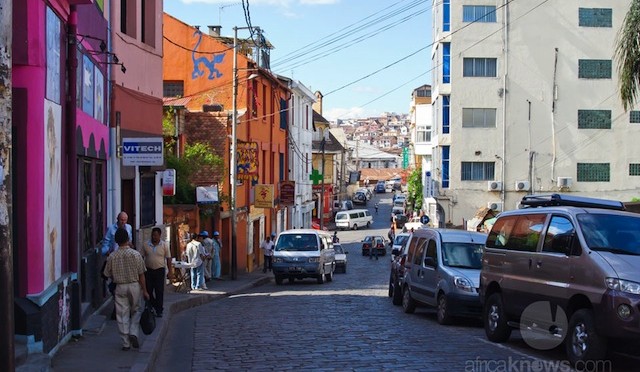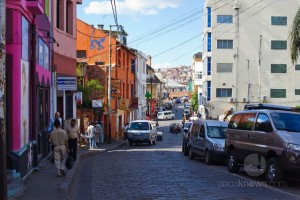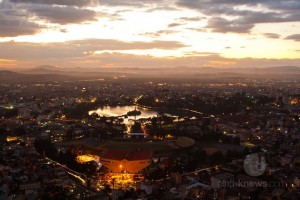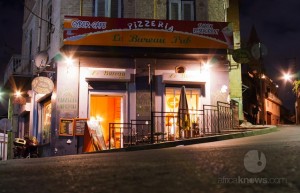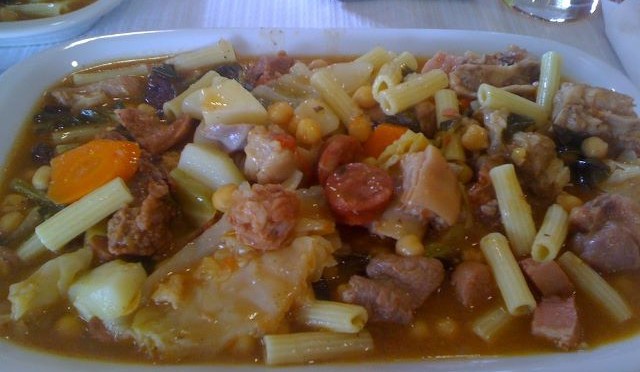Now that the 2012 Olympics are over, it’s time for Kenyan fans to start preparations for the next great sporting event. Brazil hosts the World Cup in 2014 and the next Olympic Games in 2016. There is little hope for Kenya making the former. In fact, they have been, but we hope to do better at the next Olympics. @MartinKeino pointed out just before the London games ended, Kenya rarely does well in European Olympics, and a move back to a tropical climate will be welcomed.
Anyway on to the guest post by @Wajulzoe who recently traveled to Sao Paulo, Brazil. Note the local currency is the Brazil Real and US$1 is about 2 Real.
Getting there: Regarding the embassy, which is located on the street right behind The Village Market-UN Crescent, ensure that you start your visa application at least three weeks before you are scheduled to leave. This is because the Brazilian embassy serves the entire East African region, and delays are expected especially when major events and conferences are taking place in Brazil.
Your first visit will be to drop off your documents, which if there are no problems will be accepted, and you will be informed via email when your visa is ready. Make sure you have all your original documents, including invitation letters, as they do not accept scanned copies even for invitation letters, and these will have to be shipped in for them to authenticate the signatures.
For the flight, Emirates via Dubai which will cost approximately $2400 return from Nairobi depending on whether or not it is peak season. Note, you can also fly through South Africa for about $1,600 on South Africa Airways, and while been said that Sao Paulo has been earmarked as the first Latin American destination for Kenya Airways, nothing has been officially announced.
If you are travelling to Sao Paulo, you will arrive at Guarulhos International Airport (GRU) where you will be required to present your visa.
Getting Around: From the airport, a taxi will cost you approximately R100 (equivalent to $50) though you could alternatively take a bus which costs R10 (equivalent to $5) which passes along the main tourist sites to view while en route and uses the main road. The transport system is well organized. You can choose from using a taxi, bus or metro(subway). The bus and subway are efficient and affordable, in addition to being convenient irrespective of which part of the town you are headed. The only thing to keep in mind is the congestion of the subway terminals during rush hour.
Brazilians speak Portuguese as their official language, with a minority of Brazilians being bilingual (can speak both Portuguese and English).
Getting around, you will spend between R$15-30 (equivalent to $7.50-15) per meal inclusive of drinks. There are also a number of buffet eateries in the town where you can enjoy local meals for about the same cost.
Sao Paulo is generally a secure city though you need to keep a close eye on your wallet to avoid busy hands from pick-pockets. It is advisable to walk in groups late in the evening and to use a car as much as possible when traveling at night.
Where to stay: Sao Paulo has reliable electricity and water supply and The average hotel cost starts from $50 (for bed & breakfast) and breakfast is an elaborate meal in most hotels.
Eating out: The main food is rice, beans and meat though this may be served with a salad. Brahma is the local beer which goes for about R3 (an equivalent of $1.5) though this may cost more depending on where you are.
Staying in touch: International calls are expensive, approximately $1 per minute though most hostels and hotels have good Internet access (Wi-Fi) which you can use to make calls using Skype. Cybercafes are also available and affordable, with rates of R2 ($1) per hour.
Shopping & sightseeing: Avenue do Paulista is the main high-rise shopping mall street though, for more affordable items, you may visit 25 de Marcio which is where most stores in Brazil get their goods from.
| Samba performance |
Among the places to visit are Parque do Ibirapuera, Museu de Arte de Sao Paulo Assis Chateaubriand, Sala Sao Paulo, Teatro Municipal and Museu fo Futebo, to mention a few. Many of the buildings in the city date back to the colonial era when the Portuguese occupied Brazil and for this reason, look out for a lot of pre-colonial Portuguese architecture.
Surprises /Odd Points: The warmth and hospitality of the people, even though there was often a language barrier between us.
The Brazilians are very passionate about football and for this reason, expect to have an elaborate firework display before, during and after a football match. There are also a number of gay festivals held in the open.

